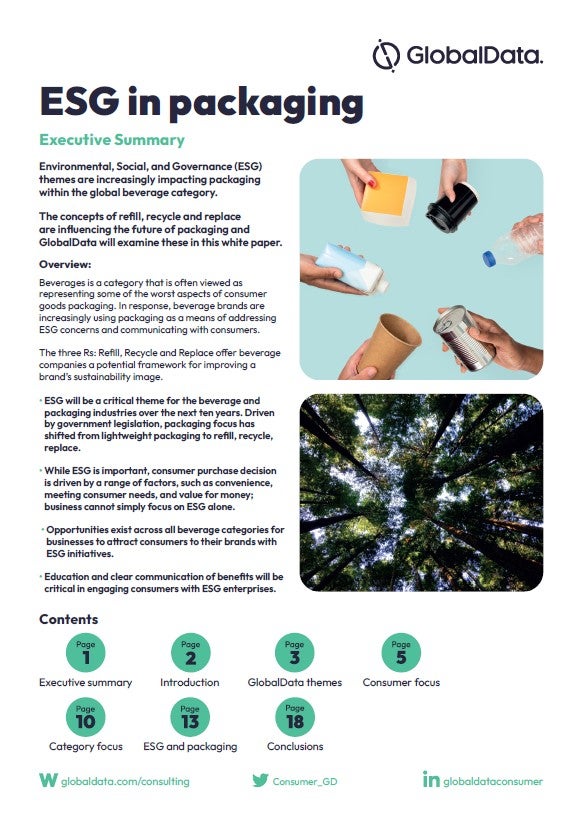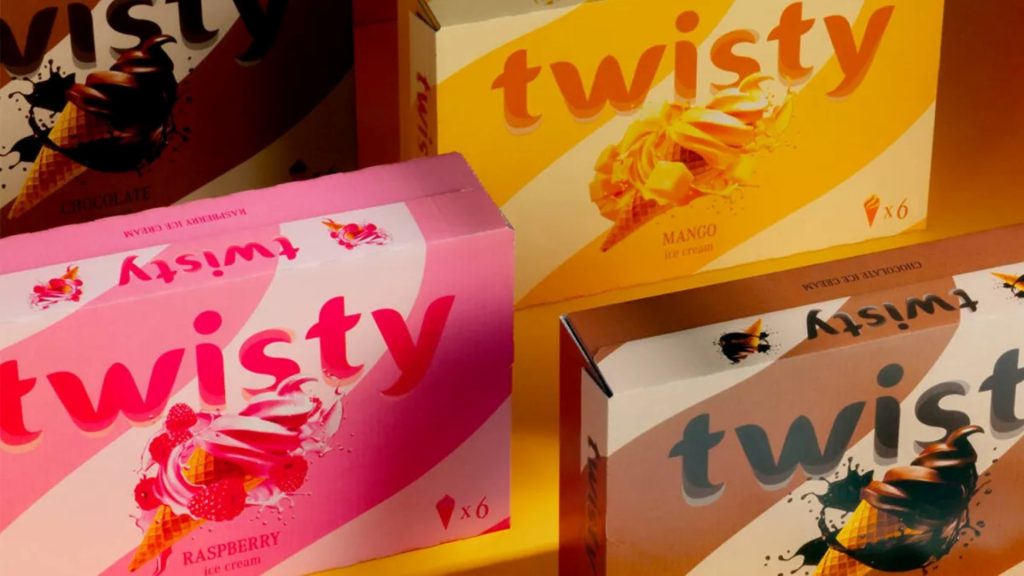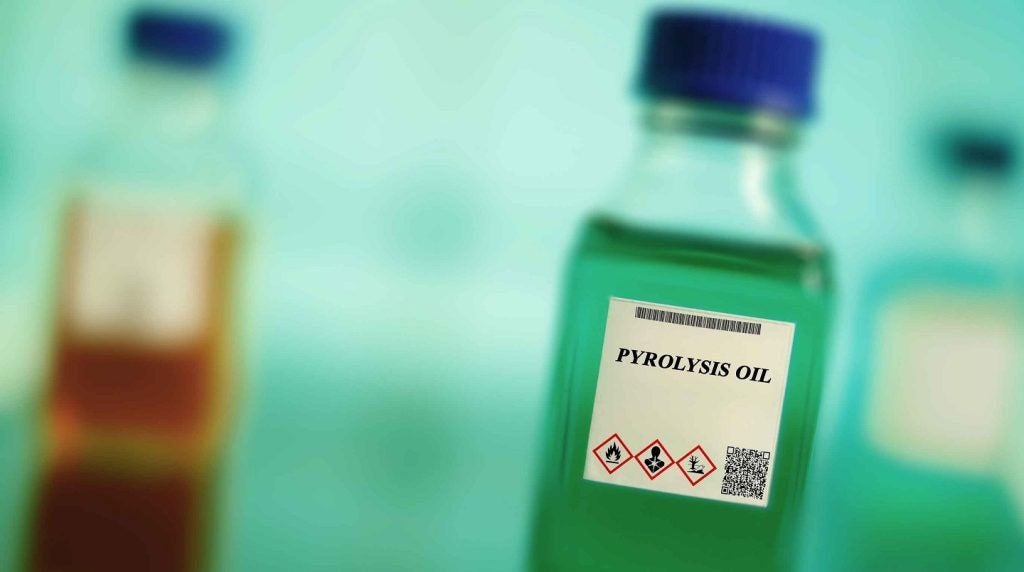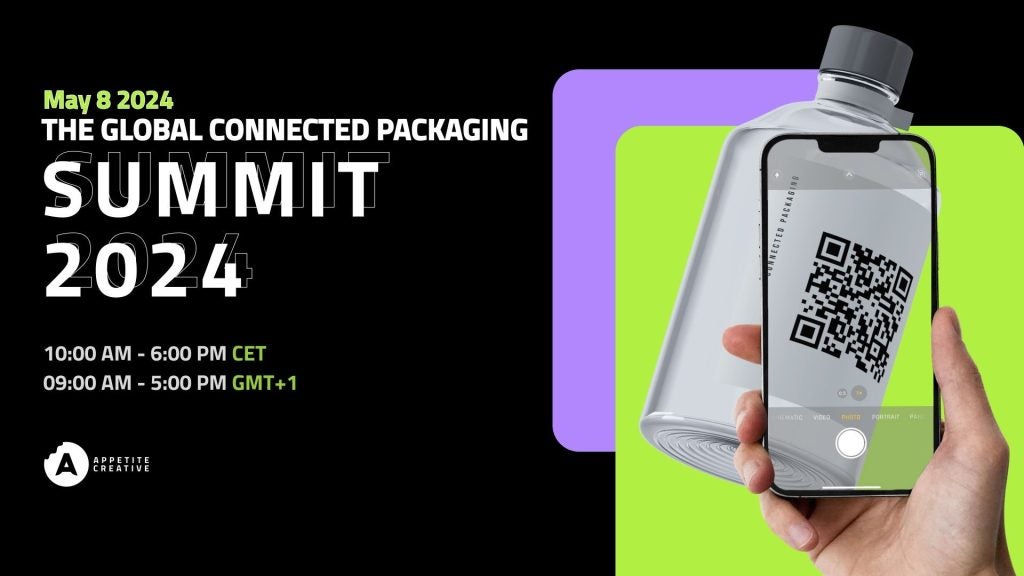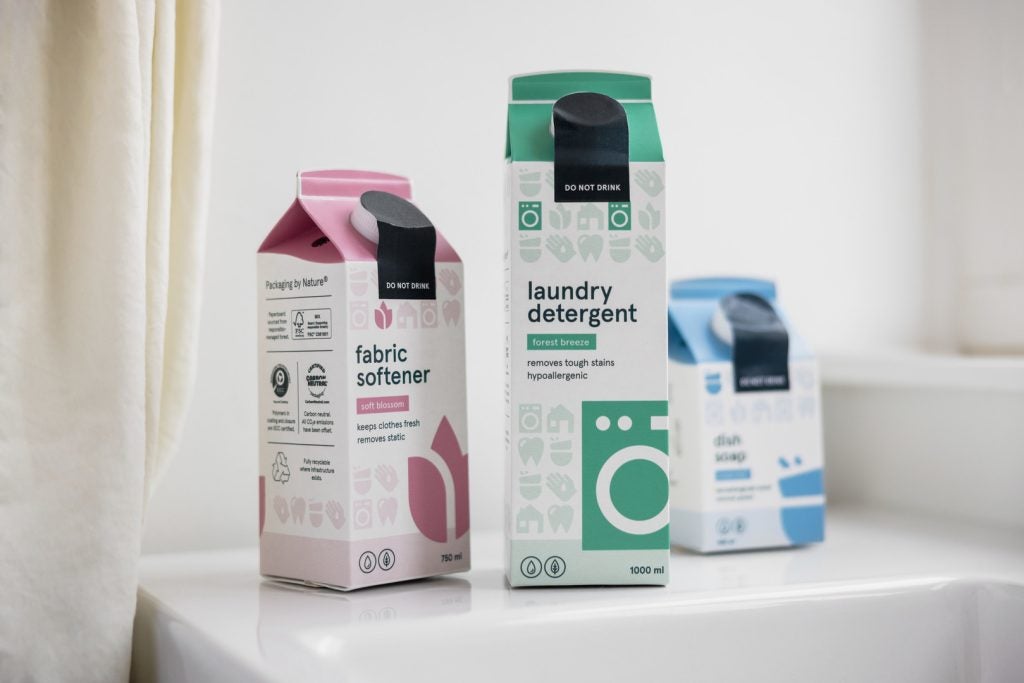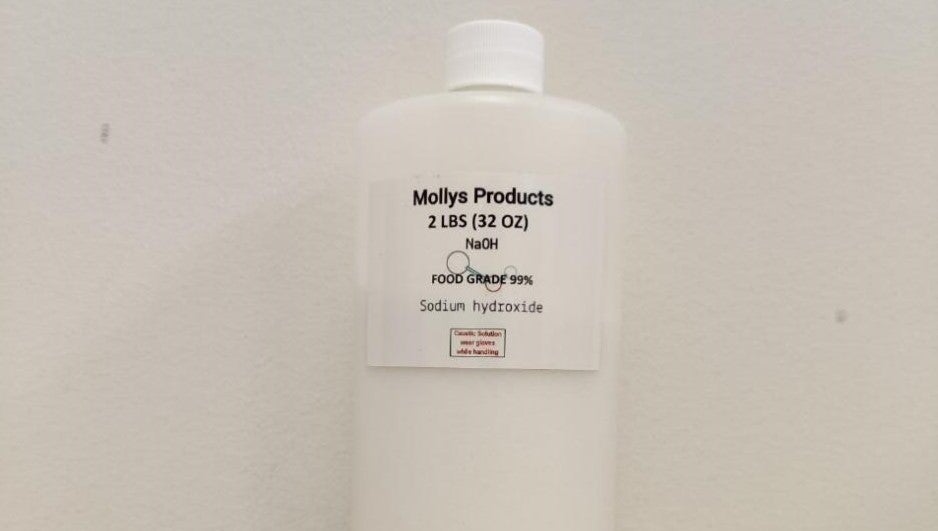
The US Consumer Product Safety Commission (CPSC) has issued a notice for consumers to immediately stop using Mollys Products’ sodium hydroxide products because they do not comply with child-resistant packaging requirements under the US Poison Prevention Packaging Act (PPPA).
The CPSC asserts that the packaging of the products is not child-resistant, allowing children to easily access the substance, posing a risk of chemical burns and irritation to the skin and eyes.
How well do you really know your competitors?
Access the most comprehensive Company Profiles on the market, powered by GlobalData. Save hours of research. Gain competitive edge.

Thank you!
Your download email will arrive shortly
Not ready to buy yet? Download a free sample
We are confident about the unique quality of our Company Profiles. However, we want you to make the most beneficial decision for your business, so we offer a free sample that you can download by submitting the below form
By GlobalDataThe labelling also reportedly violates the Federal Hazardous Substances Act (FHSA).
The Mollys Products’ sodium hydroxide products were sold online exclusively by Walmart from March 2018 until March 2023 for $15 for the two-pound (32-ounce) bottle.
The CPSC evaluated these bottles but is aware that Mollys Products also sold five-pound (80-ounce) bottles. The white label on the products displays the brand name, the bottle size, “NaOH,” “Sodium Hydroxide” and a warning to wear gloves. The 32-ounce bottles also have “Food Grade 99%” on the label.
Sodium hydroxide is corrosive and reactive with water, so consumers should not pour the products down the drain or dispose of it in the trash since sodium hydroxide can cause bodily harm or property damage. Consumers should take the sodium hydroxide to their local hazardous waste disposal site.
In 2022, the CPSC updated its guidance for substances not intended for household use under the PPPA. The revised guidelines state that products categorised as “household substances” and those only intended for institutional use must be sold in special packaging under PPPA guidelines.


